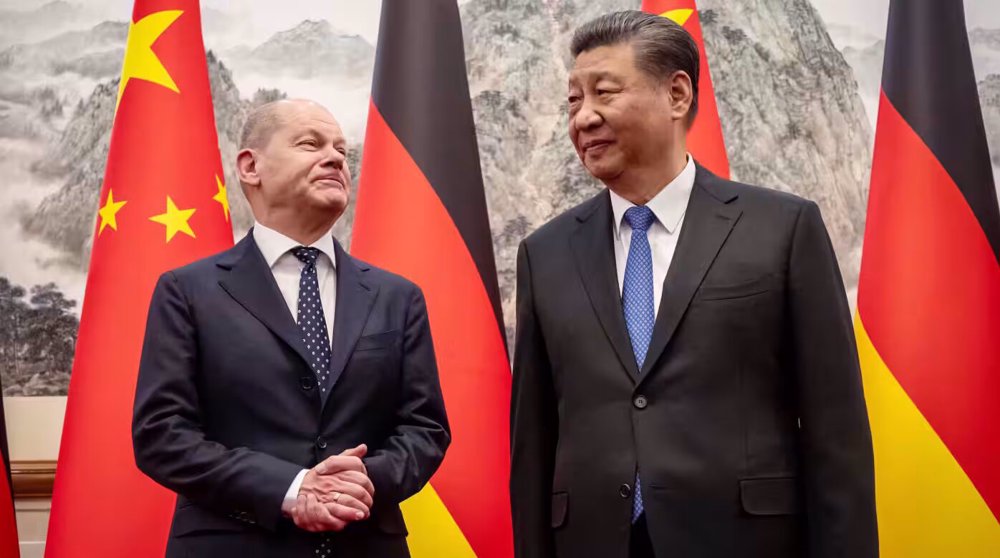Ukraine truce violations highest in months, OSCE says
The Organization for Security and Cooperation in Europe (OSCE) says the violations of the Minsk ceasefire agreement in the violence-wracked eastern Ukraine have reached their highest level in months.
Ertugrul Apakan, the chief OSCE monitor, said in the Austrian capital, Vienna, on Thursday that violence has "once again reached worrying levels" in the troubled region. "During the past weeks, the OSCE has registered the highest number of ceasefire violations in months."
He said artillery and mortars forbidden under the February 2015 Minsk agreement "are being used again in increased numbers" during clashes between Ukrainian forces and pro-Russia fighters .
Apakan also stated that a growing number of ammunition has gone missing from permanent storage sites and from known weapons holding areas. "Our observations suggest that many of these weapons are back in use at the contact line."
He also urged an end to "direct attacks" against monitors from the OSCE Special Monitoring Mission (SMM) operating across the area.
"Three serious security incidents have taken place recently: weapons were shot in the direction of SMM monitors, they were threatened at gunpoint, and one SMM vehicle was hit by a bullet," Apakan said, adding, "This impunity for people who threaten, violently mistreat or attack the SMM, or who violate its freedom of movement, must end."
Apakan also called on both sides of the conflict to show "visible and decisive" action to restore the truce in the volatile region. "A sustainable ceasefire is of central importance to the further implementation of the Minsk agreements. Now is the time for the sides to show visible and decisive action to restore it."
In September 2014, the government in Kiev and the pro-Russians signed a ceasefire agreement in the Belarusian capital in a bid to halt the clashes in Ukraine’s eastern regions.
They agreed on 12 points, including pulling back heavy weapons, releasing prisoners, setting up a buffer zone on the Russia-Ukraine border, and allowing access to international observers.
The warring sides also inked another truce deal, dubbed Minsk II, in February 2015 under the supervision of Russia, Germany and France.
Since then, however, both parties have on numerous occasions accused each other of breaking the ceasefire.

Conflict erupted in eastern Ukraine after people in the country’s Black Sea peninsula of Crimea voted for unification with Russia in March 2014. The West brands the development as Moscow’s annexation of the territory. The US and its allies in Europe also accuse Moscow of having a major hand in the crisis in eastern Ukraine, a charge that Moscow denies.
Ukraine’s eastern provinces of Donetsk and Lugansk have witnessed deadly clashes between pro-Moscow forces and the Ukrainian army since Kiev launched military operations later in April 2014 to crush pro-Moscow protests there.
The crisis has left about 9,200 people dead and over 21,000 others injured, according to the United Nations.
Raeisi: Operation True Promise ‘a necessary response’ to Israel
OIC slams US for blocking Palestine’s bid for full UN membership
US police arrest 108 pro-Palestine protesters at Columbia University
Top commander names four 'historic achievements' of Operation True Promise
VIDEO | Iranian attack and crisis of entity
UN chief: Israel’s war turned Gaza into 'humanitarian hellscape'
Meta's WhatsApp challenged for complicity in Israel’s Gaza genocide
Iran, Jordan underline need to stop Israel’s genocidal war on Gaza















 This makes it easy to access the Press TV website
This makes it easy to access the Press TV website